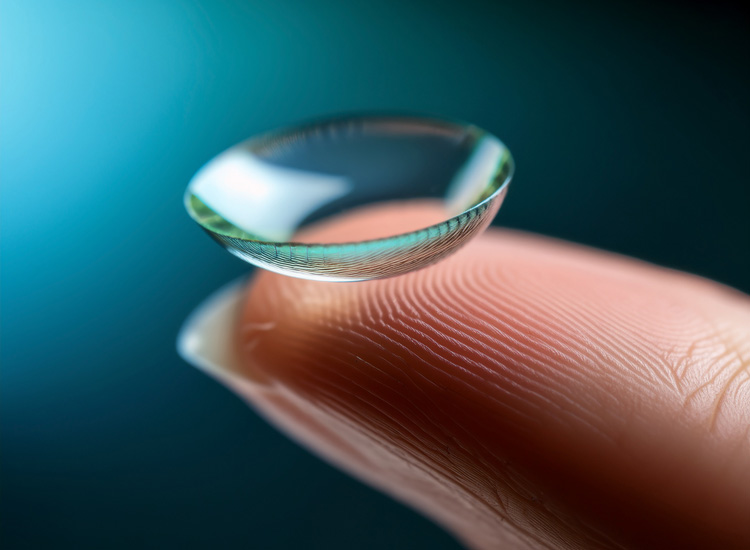Prevent Blindness Provides Free Educational Resources, Including Dedicated Webpages, Downloadable Fact Sheets, Social Media Graphics, and Video, on Ways to Use Contact Lenses Correctly and Safely
Prevent Blindness has once again declared October as Contact Lens Safety Month. Prevent Blindness offers a variety of free resources to help educate the public on ways to use contact lenses safely and effectively, including webpages, fact sheets, social media graphics, and an expert video.
According to the Centers for Disease Control and Prevention (CDC), 45 million people in the United States wear contact lenses. Contacts can improve vision for people with refractive errors, including myopia (nearsightedness), hyperopia (farsightedness), astigmatism (distorted vision) and presbyopia (changes to near vision that normally happen with age).
All contact lenses are regulated medical devices that require a prescription and proper fitting by a doctor. This is true even for lenses classified as “decorative,” “costume,” or “cosmetic” contacts that do not have vision correction. The Federal Trade Commission states that it is illegal to sell cosmetic lenses without getting or verifying the prescription. Sellers must ask for a copy of the prescription or verify the prescription information with the prescriber.
Contact lenses that are old or that do not fit well can scratch the eye (corneal abrasions) and may cause corneal ulcers. Contact lens users are at an increased risk for eye infections if the lenses are not cared for properly. Acanthamoeba Keratitis (AK) is a serious eye infection that affects the cornea and is caused by exposure of the eye to water in pools, lakes, oceans, and even tap water, that contains the Acanthamoeba organism. If left untreated, AK can lead to severe vision loss, and in many cases blindness or loss of an eye.
Prevent Blindness urges contact lens wearers to contact their eye doctor immediately if they experience unexplained eye discomfort or pain, redness of the eye, watering eyes, and vision changes.
The Prevent Blindness Focus on Eye Health Expert Series episode, “Contact Lens Safety,” features Dr. Thomas L. Steinemann, professor of ophthalmology at Case Western Reserve University. Dr. Steinemann discusses the importance of using contact lenses as directed by an eye care doctor.
“Under the guidance of an eye care professional, contact lenses can be a safe and effective way to improve vision,” said Jeff Todd, president and CEO of Prevent Blindness. “To help keep eyes healthy, practice good lens care and hygiene every day. By doing so, you’ll reduce your risk of infection and enjoy clear vision with confidence.”


